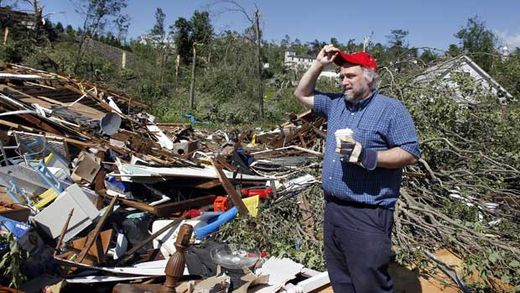
© WLWT
People across the Tri-State awoke to an unusual sight Thursday - thousands of earthworms lying dead on sidewalks and porches.
WLWT was first alerted to the issue by Rick in West Chester.
"This appears to have started sometime yesterday afternoon, as I do not remember seeing them yesterday morning," Rick wrote.
Shortly after Rick's email, WLWT reporter Brian Hamrick began taking photos from his home in Florence, where thousands of worms coated the sidewalks of his neighborhood.
After one post on FB, more than 90 people said they had seen the same thing, from Fairfield, to Mount Airy, Pleasant Ridge, Independence and Sardinia. We even got confirmation from our sister TV station in Louisville that they had a few hundred dead worms on their sidewalk.



Comment: Another case of transformer explosion, this time in Maryland, US.
Read Exploding Transformers - More than meets the eye?, an article that connects the dots of the recent electrical and other disturbances.